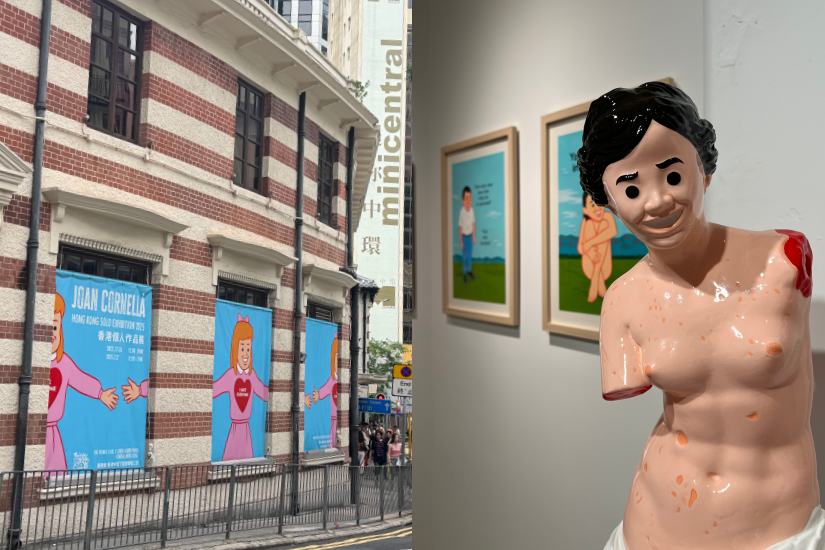Behind the faces beaming with smiles lies an unsettling absurdity—this is the iconic hallmark of Spanish artist Joan Cornellà’s work. Straddling the line between laughter and discomfort, he’s like a keen observer in a world of absurdity. Since 2012, he has showcased his unique visual language on social media—a character with an eternal smile, paired with a minimalist style and sharp black humor that captivates audiences worldwide. After a four-year hiatus, Joan Cornellà returns to Hong Kong for a solo exhibition at the Fringe Club, featuring over a hundred paper works for the first time.
In this era saturated with social media and various forms of scrutiny, how does he use seemingly naïve strokes to reveal the deepest darkness of society and human nature? Often immersed in the absurd, the dark, and even the unsettling, what thoughts lie hidden behind his dazzling smile?
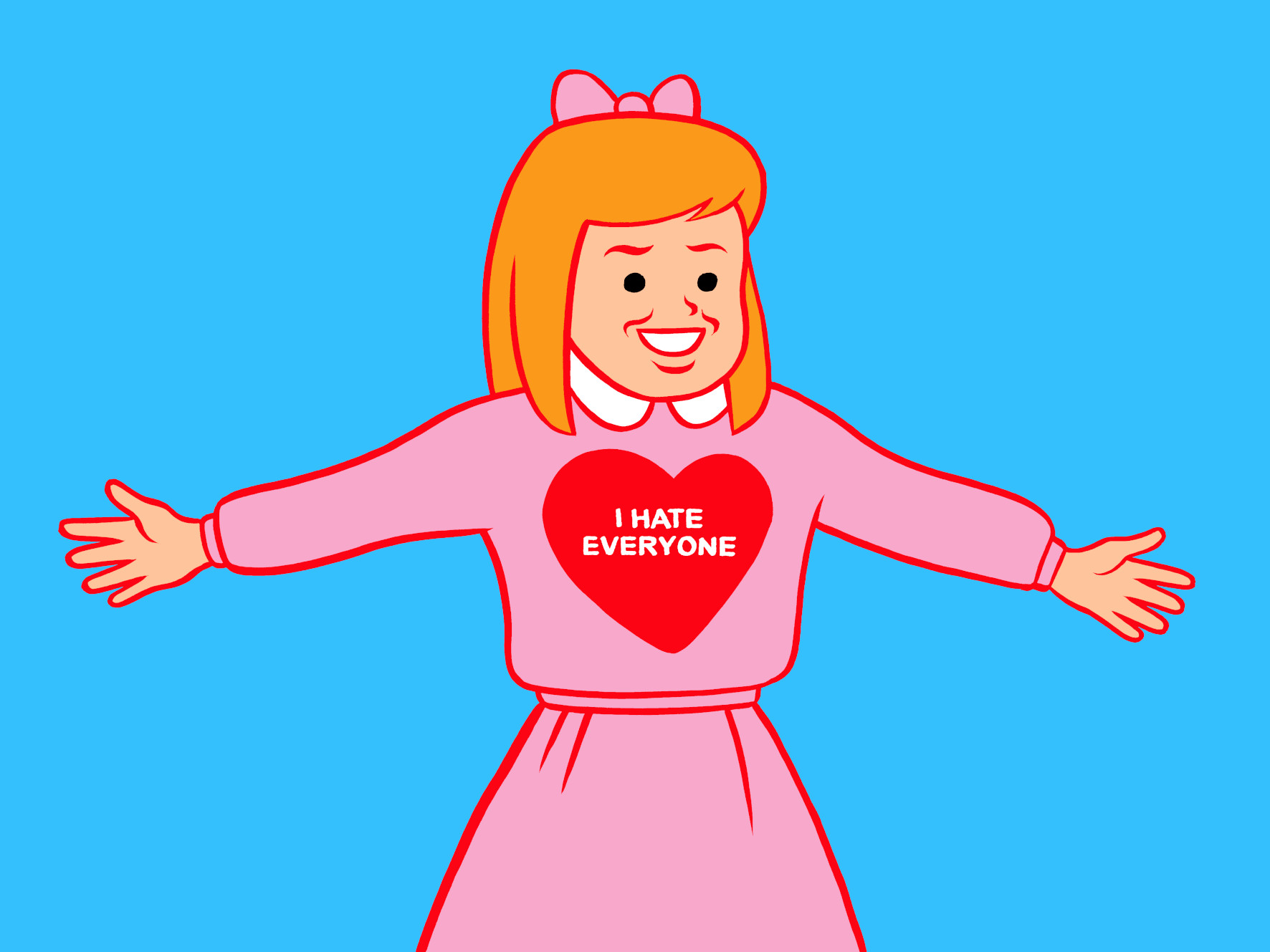
Z: ZTYLEZ
J: Joan Cornellà
Z: Your work’s signature eternal smile has become an iconic symbol. How did this expression develop? Why did you choose to create with elements of memes, humor, and playfulness?
J: When I started creating the smile character, I experimented with different styles and a variety of art forms, sharing all my pieces on social media, mainly Facebook. Somehow, this style received a much wider and better response. To be honest, all of my earlier works were related to humor, and I never intended to create anything serious. My fascination with the absurd and humorous elements naturally found its way into my work. Some people view my art as memes, which wasn’t my intention, but it doesn’t really matter.
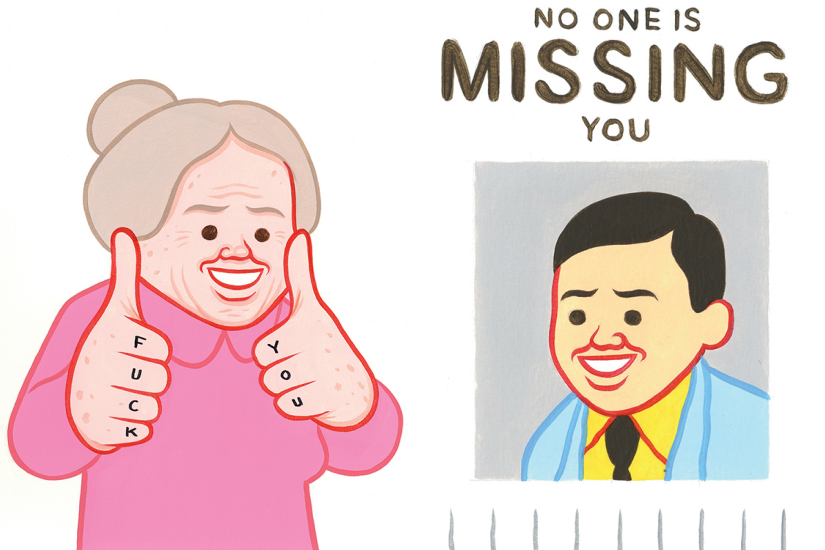
Z: You once shared how American comics Nancy influenced you, leading you to develop your own unique style. Can you talk about your favorite humorous creations?
J: Actually, what influences me goes beyond just comics. In the early days of my creation, the works of Robert Crumb and Daniel Clowes were significant sources of inspiration for me, but I’ve also drawn a lot from stand-up comedians like George Carlin and Bill Hicks. Additionally, hardcore punk music has had a huge impact on me as well; even if it’s not always obvious, it definitely played a role in shaping the elements of my creative work.
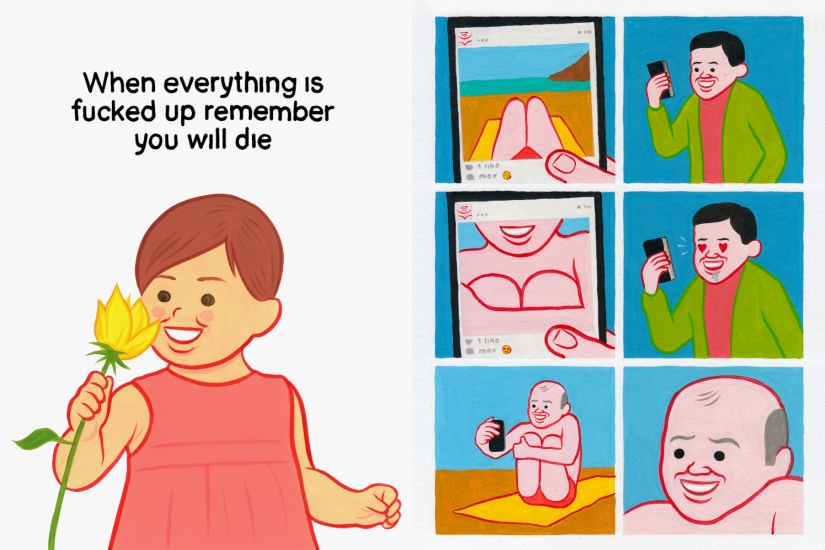
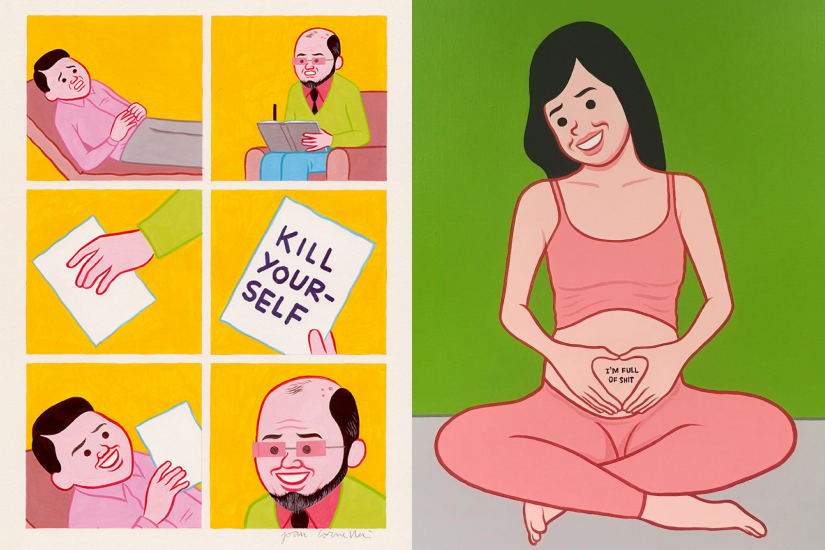
Z: Your work often touches on taboo or critical themes and has even faced bans from social media platforms. How do you strike a balance between taboo and humor in your creations?
J: Certain taboo topics, like death, have always been present in my work, but the themes I explore continue to evolve. Recently, I’ve been more intrigued by distorted inspirational messages, somewhat like subversive advertising. Since my work primarily appears on social media, platforms like Instagram tend to censor anything involving sexuality and suicide, which definitely impacts my creativity. I do adjust the relevant content, but not excessively. As for those who complain about Right now, I can’t say anything., they are usually right-wing individuals lamenting their inability to make jokes about race or gender discrimination anymore.
Z: Following up on the previous question, it’s clear that the scrutiny and restrictions of social media have undoubtedly affected your creative process. How do you respond to this?
J: I believe the only way to showcase the works that are censored on social media is to display them in galleries or similar venues. While social media offers higher visibility, this actually makes the exhibitions more intriguing and something to look forward to.
Z: In fact, every place and culture has a slightly different understanding of humor. Have you noticed any differences in how audiences in various regions accept and interpret your work when exhibiting around the world?
J: So far, I’ve found that the reactions of American audiences are the most intense. While other countries might publicly and preemptively censor artwork—which is quite unfortunate—it’s really surprising how Americans react so passionately to certain topics, especially in a country that champions free speech. For instance, when I created a piece that featured a Nazi symbol alongside Trump, it sparked significant outrage among many Americans.
In Joan Cornellà’s works, vibrant colors and radiant smiles often serve as mere packaging, concealing sharp critiques of modern society beneath the surface. As he puts it: We all find ourselves laughing in the midst of misfortune. When we laugh, it’s often at someone or something, carrying a certain degree of cruelty with it. But if these situations were to actually happen in real life, I don’t think I would be able to laugh.
After the laughter, the feelings of discomfort, unease, and even offense arise from ineffable matters in the world—these should not be avoided or ignored. The exhibition features classic paper works by Joan Cornellà alongside brand-new limited edition models and printed works from June WO, collectively showcasing 48 single-page comics created between 2016 and 2025.
Each piece serves as a mirror reflecting society, using seemingly innocent brushstrokes to unveil the absurdity and darkness of human nature. This is sure to provide Hong Kong audiences with a visual experience that is both surprising and profound.
Joan Cornellà Hong Kong Solo Exhibition 2025
Date: July 11, 2025 – July 27, 2025
Time: 12:00 – 20:00 (on the final day, July 27, it will be open until 17:00)
Address: Fringe Club | 2 Lower Albert Road, Central
Ticket Price: HKD 50 (available for purchase via the Puhui online ticketing platform)

